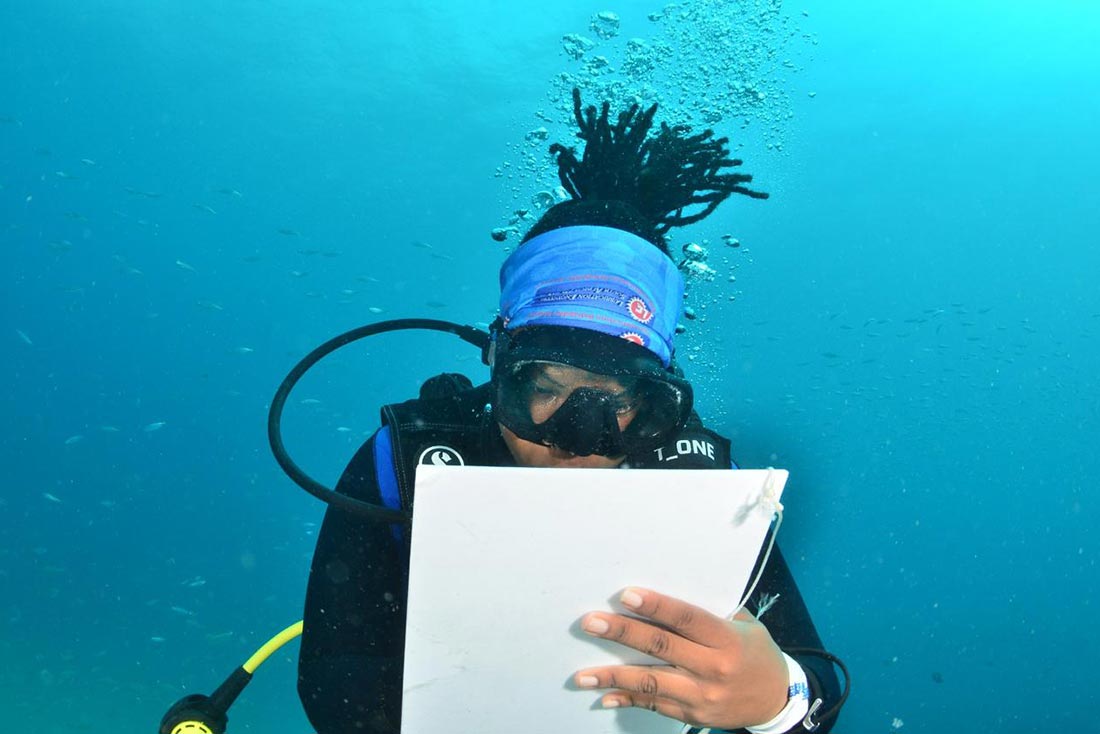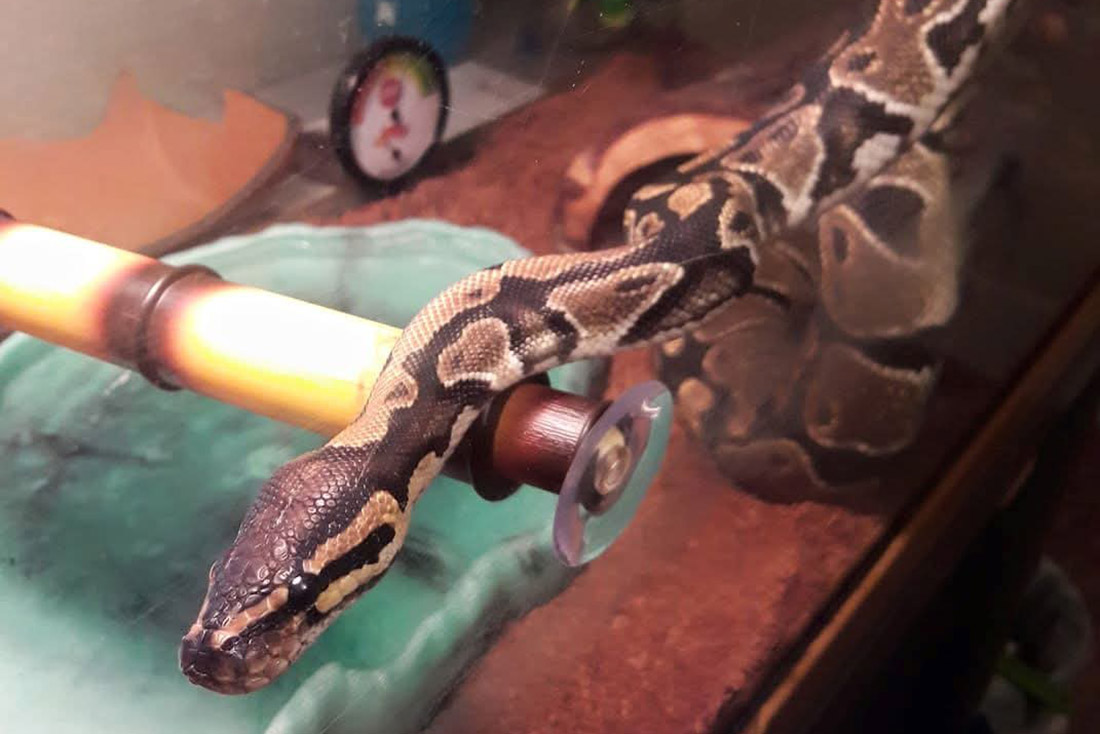There’s no doubt about it—Andean flamingos are charismatic. They perform a hilarious ballet-like dance in flocks (watch the video below—it’s worth it), and, of course, they are known for that famous, one-legged pose. But one thing we don’t know is where the flamingos migrate and when. With that crucial information, we can develop a plan to protect those areas.
Last year, Conservation Nation fundraised to outfit 10 wild Andean flamingos in remote Argentina with solar-powered satellite transmitters. Now researchers are forging ahead with the project, thanks to Conservation Nation’s support, with a collaborative expedition planned to tag the birds this August.
“Andean flamingos are a huge conservation concern, and little to nothing is known about their movement during the non-breeding season,” says Dr. Brandt Ryder, the Smithsonian scientist who is leading the project. “The Andean flamingo is one of the highest priorities for conservation in South America, and this work tracking their movement throughout the annual cycle will identify crucial habitats essential for the protection of this species.”
It won’t be easy to study and save this endangered bird. The Andean flamingo is the rarest species of flamingo, with an estimated population of less than 39,000. Its wetland habitats have been impacted by “mineral extraction and water diversion,” according to the Center of Biological Diversity, plus this tropical bird is vulnerable to the effects of a warming planet.
And Dr. Ryder says another challenge is finding the flocks as they migrate through remote areas—many of the wetlands they visit are composed of temporary, shifting bodies of water, making the birds difficult to track. But that’s why research like this will be so important moving forward.
In the past, Smithsonian research efforts have focused more on North American wetland birds. Dr. Ryder says this project is one of many launched by the Smithsonian Migratory Bird Center to track the migration patterns of tropical birds, establishing key areas for environmental protection and paving the way for better conservation plans for migratory species.
“Tracking tropical migration is truly the next frontier in migration ecology,” Dr. Ryder says. “Effective conservation requires understanding when and where species face threats.”









